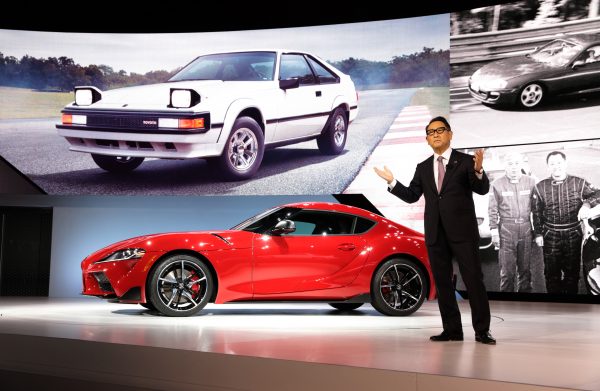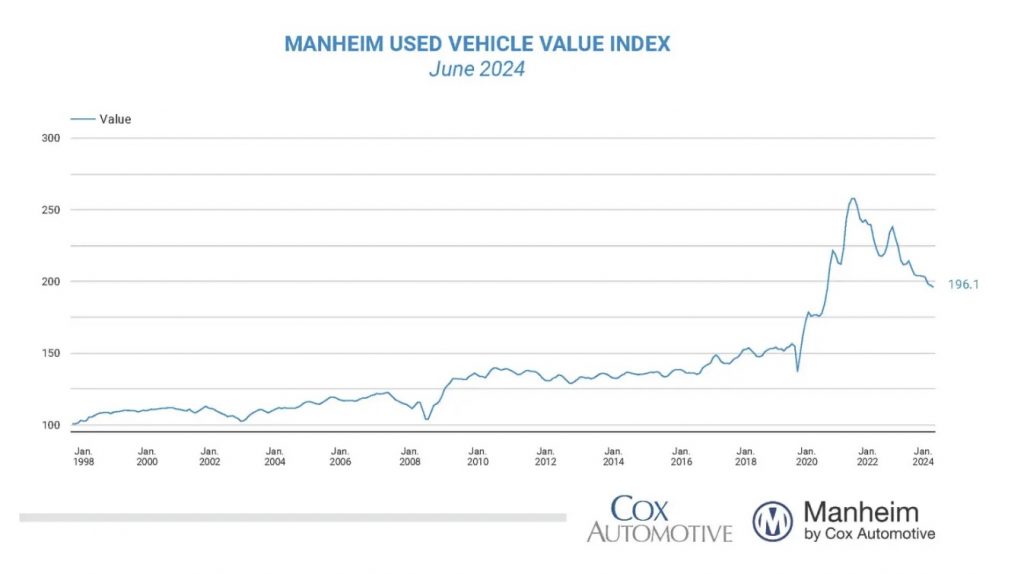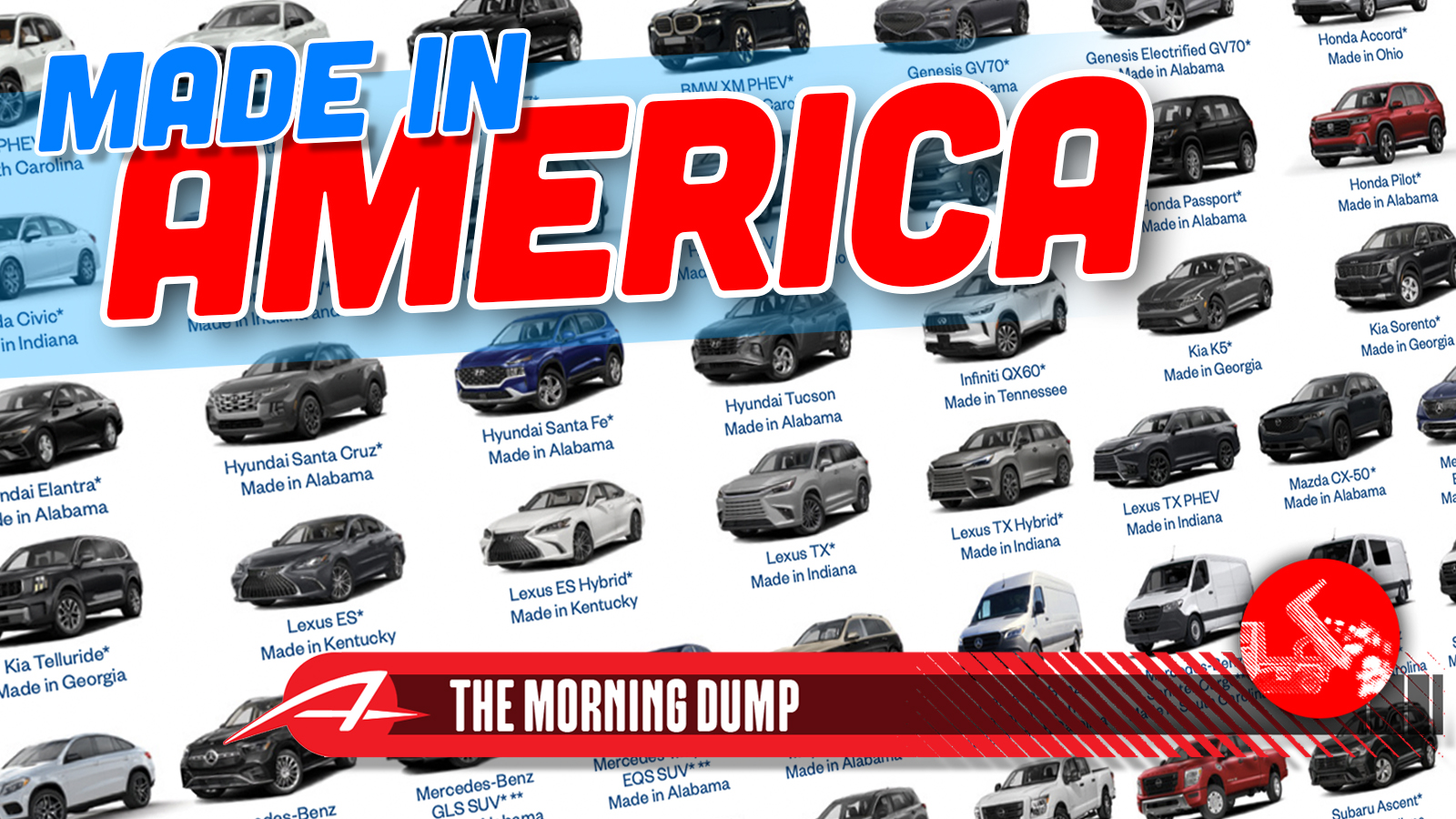“We want people to trust us, we need people to trust us. We try to bring all the information we can forward to the (Michigan Strategic Fund) board,” Christin Armstrong, a senior vice president with the Michigan Economic Development Corp., said in an interview on Monday.
“We come with good intentions … what we are presenting to the board is the best project we can put together based on on the info and circumstances and conditions in that moment.”
The state and Ford agreed Tuesday to substantially cut a proposed $825 million in tax credits for an immense new EV battery factory planned for outside Marshall, reducing that to just shy of $225 million. They’re also slashing $69 million from a public grant for the project.
This is a little awkward because the Biden Administration and Governor Gretchen Whitmer made a big deal of this move. Better to reassess and cut back than just build these things and realize they’re not yet needed, I guess.
Akio Toyoda Gets $10 Million, Or About A Fourth Of What Carlos Tavares Got Last Year

Japanese companies aren’t keen on the super disproportionate executive salary. In fact, the last time the CEO of a Japanese automaker tried to get a pay bump, he had to sneak out of the country in a box.
Ghosn merely got $6 million, so Akio Toyoda netting a $10 million payday is quite the jump, as Automotive News reports. OF course, this is happening because Toyota has become the most profitable company in Japanese history.
This is part of a more significant trend of Japanese companies adopting more European/American-style corporate practices. See also: the decrease in cross-held shares.
Japan still has a way to go, however, before it’s at the same level as American automakers re: executive salaries. To put this into context, last year Mary Barra pulled in about $28 million and Carlos Tavares made $39.5 million.
Used Car Prices Drop For 22nd Straight Month

The pandemic and related supply shortage led to an extreme lack of new cars, inevitably leading to a massive run on used vehicles. It didn’t hurt that interest rates were low so that people could finance used car purchases with relatively low monthly payments.
As shown in the graph above from Manheim, the used vehicle value index shows wholesale rates continue to fall. From Manheim:
“Wholesale value declines have been stronger than we normally see for much of the last two months,” said Jeremy Robb, senior director of Economic and Industry Insights at Cox Automotive. “However, even though much of the industry was feeling the retail sales disruptions caused by the CDK outages in the latter part of the month, Manheim started to see wholesale price declines decelerate, ending the month at a seasonally normal pace. Sales conversion is currently running several points above the previous three years, including 2021, indicating that buyer demand is relatively strong despite all the uncertainty in the market.”
In June, Manheim Market Report (MMR) values saw weekly decreases above long-term average declines, with the first half of the month showing stronger depreciation while the last week slowed noticeably. Over the last four weeks, the Three-Year-Old Index decreased an aggregate of 1.5%, including a decline of only 0.2% in the last week of the month. Those same four weeks delivered an average decrease of 0.5% between 2014 and 2019, showing that depreciation trends are currently running higher than long-term averages for the year.
I’m glad I sold the Subaru, which… I owe you all updates on that. They’re coming, I promise.

